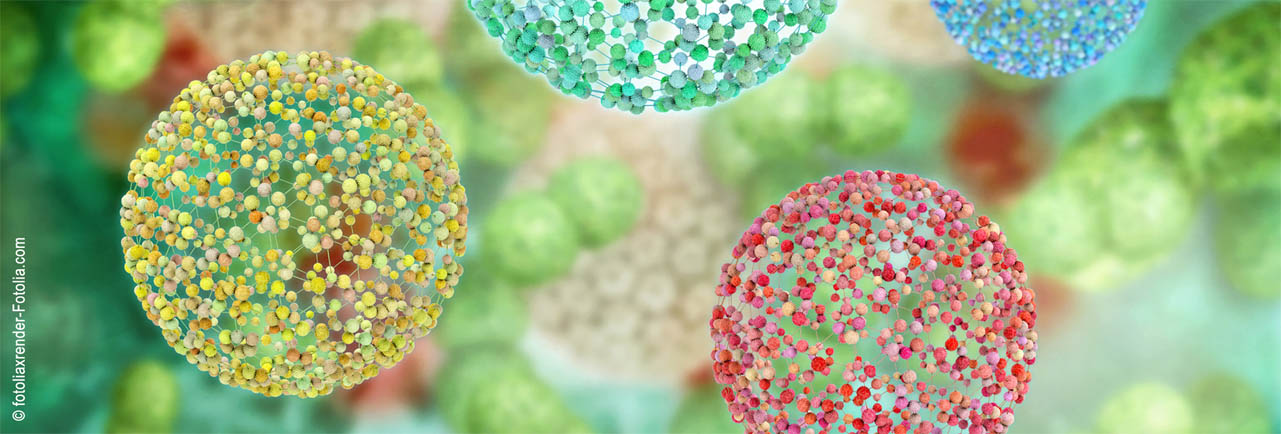Speaker
Description
Highly sulfated heparin-mimicking polyelectrolytes effectively act as anticoagulants with tailorable structure and tunable sulfation degree. This versatility has prompted the scope of their biomedical applications. However, the complex charge regulation of the polymer chain and the mechanisms controlling the structure of such polymers remain unclear.
Sodium poly((sulfamate-carboxylate)isoprene) is a natural rubber-derived high-charge-density polyelectrolyte containing two negatively charged groups of different pH sensitivity at the same monomeric unit. To evaluate the pH-induced ionization changes, mechanism of structural transformation, and charge regulation of such polymer we conducted a post-polymerization modification of poly(cis-1,4-isoprene) to poly((sulfamate-carboxylate) isoprene). The reaction was followed by acid-induced cleavage of over 90% of the N-S bonds and ultimately lead to the polymer’s chemical transformation into a polyzwitterionic poly((amino-carboxylate) isoprene). The structure of both hydrophilic polymers and the cleavage of sulfamate groups were confirmed by 1HNMR, FTIR, elemental analysis, pH-dependent zeta-potential and dynamic light scattering. Based on total charge of the polymers, determined by potentiometric titrations, we performed molecular dynamics simulations to gain insights into the polyelectrolyte charge regulation.
Additionally, we investigated the biocompatibility of the polymers and confirmed their heparin-mimicking behavior by activated partial thromboplastin time (aPTT) measurement, proving their applicability in the antithrombotic therapy.

